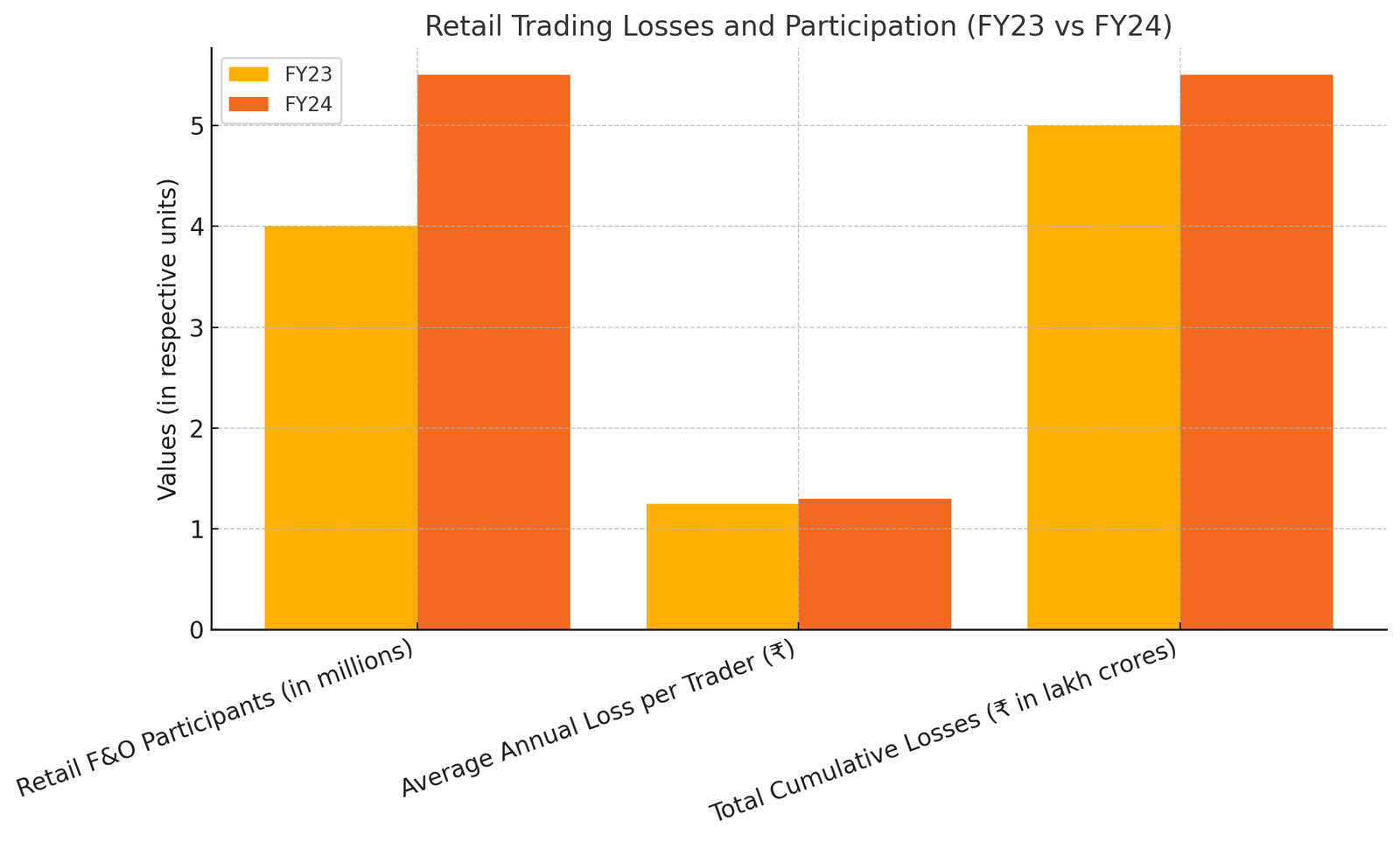Why so much pain? What’s happening in the market? Is there more pain ahead?
Let’s delve into the current scenario:
The Current Market Scenario
The Indian stock market has been experiencing significant volatility in recent months. As of February 17, 2025, the Nifty 50 index has declined by approximately 3.2% over the past eight sessions. The broader small-cap and mid-cap indices have been hit harder, with small-caps entering bear market territory after a 21.6% drop from their December 2024 highs, and mid-caps down 18.4% from their peak in September 2024.
The Role of HNIs and Businessmen
Contrary to popular belief, this sell-off isn’t primarily driven by Foreign Institutional Investors (FIIs). High Net-worth Individuals (HNIs) and businessmen have played a significant role. Over the past 2–3 years, many investors poured substantial capital into the market, especially in small and mid-cap stocks, reaping considerable returns. However, in the last 3–4 months, every market uptick has been met with selling pressure from these investors aiming to lock in profits.
An Illustrative Example
Consider an investor who achieved a 100% return over the past two years. Even after a 30% decline from the peak, they’re still up by 70%. The prevailing sentiment is: “It’s prudent to secure these gains rather than risk further losses.”
Impact on Small and Mid-Cap Stocks
The aggressive selling by HNIs has led to panic in the small and mid-cap segments. In low-volume trading sessions, even a 10–20% decline can feel severe. Both fundamentally strong and weak stocks are hitting lower circuits, reflecting widespread investor anxiety.
Mutual Funds and FII Dynamics
While mutual funds have been absorbing some of the selling pressure from FIIs, the additional offloading by HNIs adds strain to the market. This dual pressure contributes to the steep and deep corrections observed. This Pain has been for past 5 months now and getting steeper at lower levels.
The Herd Mentality
HNIs and large investors often exhibit a herd mentality: if one starts selling, others follow suit. Conversely, once they perceive value and regain confidence, collective buying can lead to swift market recoveries.
Cash Positions and Potential Rebound
Currently, many HNIs and Portfolio Management Services (PMS) are holding 15–20% of their portfolios in cash. This liquidity positions them to capitalize on opportunities, suggesting that when they re-enter the market, we could witness a rapid upward movement.
The Spring Analogy
Think of the market as a compressed spring: the more it’s pressed down, the stronger it can bounce back. This analogy underscores the potential for a robust recovery once the selling pressure subsides and confidence returns.
Conclusion
The recent market downturn is multifaceted, with significant contributions from domestic HNIs and businessmen locking in profits. While the immediate outlook appears challenging, the underlying liquidity and potential for reinvestment suggest that the market possesses the resilience to rebound. As always, investors should stay informed, exercise caution, and consider their long-term objectives when navigating such volatile periods.
Note: Market data and events are subject to rapid change. Investors are advised to conduct thorough research or consult financial advisors before making investment decisions.




